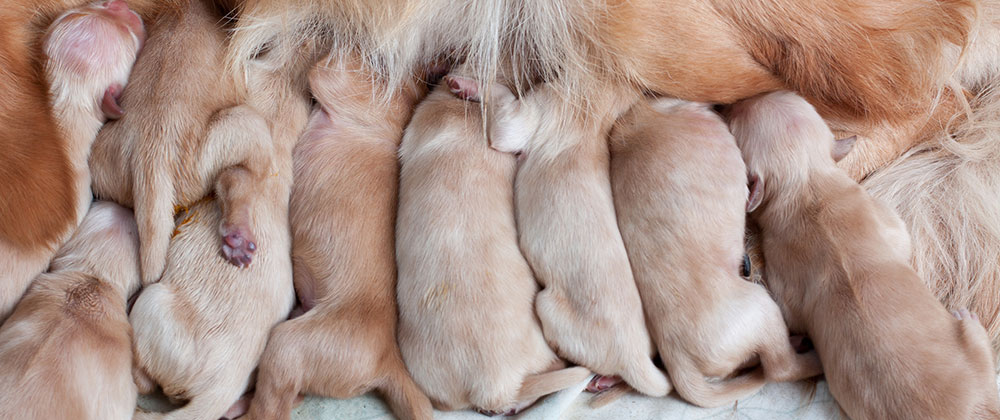Call us today: (954) 567-2500
OPEN 24 HOURS - 7 DAYS A WEEK
- Home
- About
- New Clients
- Services
- Emergency Services
- Behavior Counseling
- C-Sections
- Canine Care
- Cardiology
- Dental Care
- Dermatology
- Digital Radiology
- Feline Care
- Health Certificates for Travel
- In-House Laboratory
- In-House Pharmacy
- Laser Therapy
- Medical Boarding
- Nutritional Counseling
- Orthopedic Surgery
- Senior Pet Care
- Surgical Procedures
- Ultrasound
- Reviews
- News
- Pharmacy
- Service Areas
- Contact

